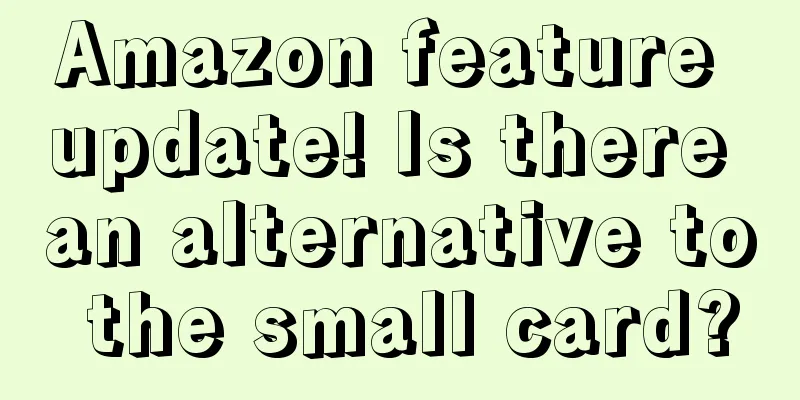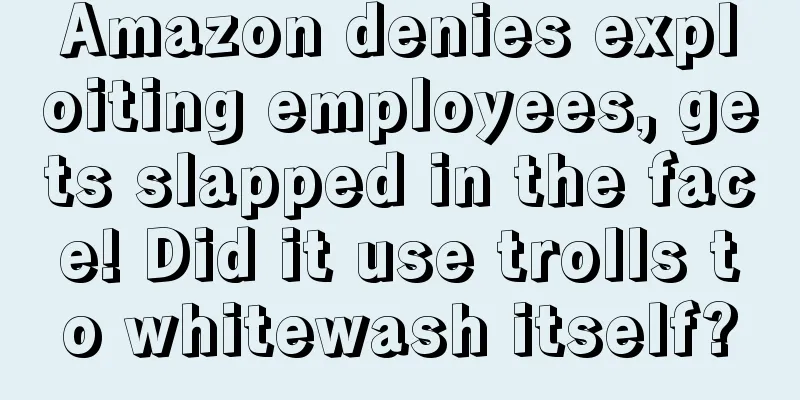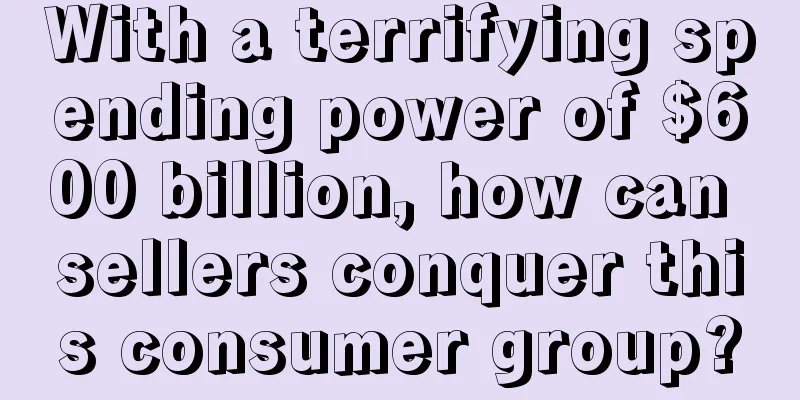Amazon feature update! Is there an alternative to the small card?

|
Recently, Amazon announced a new feature of the Transparency Program in the background - anti-counterfeiting seal. Now all European sellers who have registered for the Transparency Program can use this feature. This feature allows sellers to purchase seal materials that meet international standards and Amazon's safety requirements and can be used on products that require sealing, such as hygiene and personal care products. Each seal will have an anti-counterfeiting QR code like a normal Transparent Program label. Consumers can obtain product information and authenticity verification by scanning the QR code on the seal. Amazon did not disclose whether the seal is only available for certain categories. If it directly replaces ordinary stickers and can be applied for by all products, the seal can reduce the possibility of products being resold or resold. Although it is difficult to follow the sales after using the transparency plan, Amazon can also follow the seller's products under the name of Amazon Warehouse and sell lost goods and returned products. With the seal function, not only will the official follow-selling situation be reduced, but the buyer's return situation can also be suppressed. Moreover, the QR code that comes with the new function is also a standard code of the Transparency Plan, which means that the "Customer Engagement" function will also be applied to this seal. This is a function that needs to be discussed in detail. If used well, it can definitely be a powerful secondary marketing tool. In my opinion, this is a potential gameplay that may replace small cards.
Transparent Program Engagement Function Engagement is a new feature launched by Amazon last month. Through this feature, sellers can edit a page by themselves and display the page on the consumer’s mobile phone when the consumer receives the product and scans the Transparency Program QR code. This page can contain detailed product graphic introductions and usage guidance videos to help consumers better get started with the product and understand the key points of product use or maintenance. Coupons can also be used to further guide consumers to repurchase. This process of scanning the code to verify + reading the instructions is very natural. It is not like passive marketing such as sending marketing emails frequently. This is because consumers want to scan the code to verify the authenticity. It not only greatly improves the after-sales experience of consumers, but also the effect of secondary marketing is definitely much better than sending advertising emails. Not only that, at the end, buyers can also share the video or discount information on the page to social platforms such as Facebook and Twitter with one click! This is equivalent to giving sellers a new channel to display products and discount activities. If you can guide the sharing on this page, the effect can be even better! Moreover, the Transparency Plan now allows sellers to add some customized text on the QR code label. Sellers can write "Scan the code to receive coupons/see how to use" on the label to guide customers to scan the code for secondary marketing. With small cards being severely cracked down on now, this officially allowed guidance method is very rare. The most stringent inspection now is the physical small cards. If some guidance for leaving reviews can be subtly embedded in the jump page, the effect will not be worse than the small cards. The above is the small card inspection process exposed on the Internet. I don’t think it is very credible, but the step of the warehouse spot-checking whether the products have cards does exist. According to the above inspection process, the Engagement function that requires scanning the code to jump is difficult to find. However, for safety reasons, I strongly recommend that you avoid using keywords that indicate leaving positive reviews, and use neutral words such as "share user experience". After all, the page itself will also have an official "share to social media platforms" button, so it is reasonable for sellers to guide users to share their experience in reviews. In view of the recent crazy incidents of small cards, everyone should try to avoid some gray operations as much as possible. However, because Amazon has never cracked down so strictly before, most sellers have become dependent on gray operations such as review request cards, cashback cards, reviews, and fake orders. Many sellers are at a loss after Amazon's recent crackdown, and are confused about how to increase reviews under such a severe crackdown. |
<<: Raising prices for the country! Amazon sellers save themselves from internal competition
>>: Amazon's own privileges? Even its own products are stuffed with small cards
Recommend
Foreign media review: 26 most promising e-commerce products in 2019
What kind of products to sell on the platform has...
Shein's first-half revenue hit a record high and it is actively recruiting Amazon sellers
Ever since Temu chose the North American market as...
Started a business together, but a white lotus girl appeared halfway, and Z's masculinity collapsed! Sellers on the Japanese site, please pay attention!
Today we share the stories and experiences of two...
Zalora releases Southeast Asia trend report, these products are in growing demand
Fashion e-commerce Zalora is reportedly seeking to...
Prime Day is scheduled for July 16! Sellers: Forced to run with it
The closer Prime Day gets, the more turbulent the ...
Walmart ranks first in Black Friday searches, while Amazon drops to fourth
It is learned that according to data from Captify,...
Big news! Amazon's flash sales are free
Due to the epidemic, Amazon Prime Day was delayed...
Sellers beware: Amazon releases new rules for EU agents, failure to comply will be considered illegal!
Recently, sellers are often seen asking in communi...
Super effective! 5 ways to reduce Amazon ACoS
Promoting on Amazon is similar to traditional adve...
What is ShopiBar? ShopiBar Review
ShopiBar cross-border e-commerce SaaS independent ...
What is HTS? HTS Review
HTS Code is the HS Code, also known as the Customs...
Review of the competition between Amazon and Walmart in 2022! Who will be the final winner?
It is learned that on December 21, PYMNTS reviewed...
What is the-rushing-hour? the-rushing-hour review
the-rushing-hour is committed to innovation and hu...
What are long-tail keywords? A brief discussion on the role of long-tail keywords
Long-tail keywords are easily confused with short-...
What is Jike International? Jike International Review
Shenzhen Jike E-commerce Co., Ltd. (Jike Internati...









